The full name of Honduras is the Republic of Honduras (República de Honduras), which is located in the northern part of Central America, bordering the Caribbean Sea to the north, the Gulf of Fonseca on the south side of the Pacific Ocean, and also adjacent to Nicaragua, El Salvador, and Guatemala. The country has an area of 112,500 square kilometers and is divided into 18 provinces nationwide.
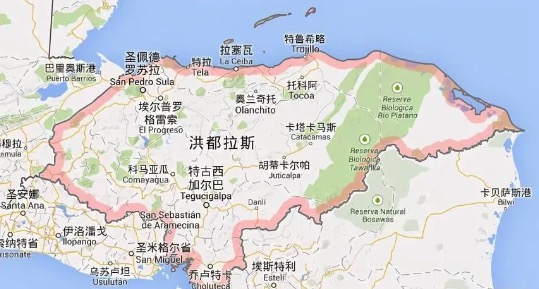
The Honduran flag consists of three parallel and equal rectangular shapes from top to bottom, with five blue five-pointed stars in the middle of the white rectangular shape. The flag colors come from the colors of the former Central American Federation, with the upper and lower blue broad strips respectively symbolizing the Pacific Ocean and the Caribbean Sea, and the middle white symbolizing the pursuit of peace. The five five-pointed stars were added in 1866, expressing the vision that the five countries that make up the Central American Federation can once again achieve unity.
More than three-quarters of the country across Honduras is mountainous and plateau. The mountains extend from west to east, with the inland being a lava plateau with many mountain valleys. The coastal area is a plain, and the forest area accounts for about half of the country’s area. Honduras has a tropical climate. The coastal plain has a tropical rainforest climate with an annual average temperature of 23 °C and abundant rainfall. The coastal and mountain areas have an annual rainfall of up to 3,000 millimeters, but between May and July each year, some sea surfaces will form tornadoes that roll the fish in the sea into the sky and then roll them into some areas and drop them down, forming the spectacle of fish rain.
Honduras is one of the least developed countries in Latin America. Agriculture is the leading industry in the national economy, and the industrial foundation is relatively weak. Agriculture is mainly focused on coffee, with 280,000 hectares of coffee plantations within the country, mainly small coffee merchants, and the coffee gardens are mostly less than 3.5 hectares. These coffee merchants account for 60% of the country’s production, and it has currently become the second largest and the tenth largest coffee exporter in Central America and the world.
Coffee Growing Regions
In 1970, the Honduran government established the Honduras Coffee Institute (IHCAFE), which mainly helps local coffee farmers to improve their planting techniques, enhance the quality of coffee planting, and divided six producing areas: Copan District, Opalaca District, Montecilos, Conayagua, Agalta Tropical, and El paraiso. These areas have an average altitude of more than 1,100 meters, and the picking season is from November to March each year.
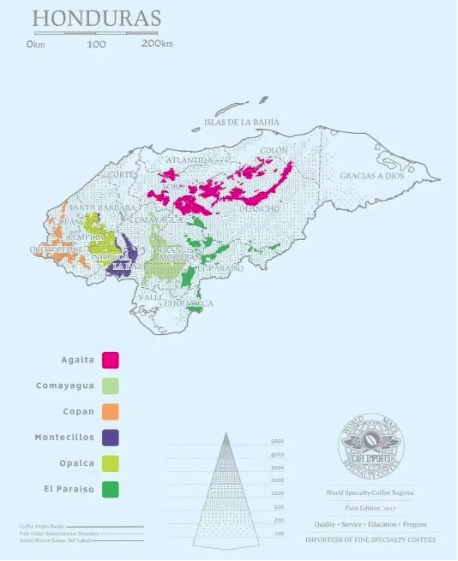
Copan District: Located between the Copan, Ocotepeque, and Lempira provinces in the western part of the country, it showcases a strong chocolate flavor, combined with the sweetness of honey and caramel. The fruit flavor is relatively light, and the planting altitude is 1,000 – 1,500 meters, with an annual precipitation of 1,300 – 2,300 millimeters. It mainly grows Bourbon, Catuai, Pacas, Lempira, and IHCAFE – 90.
Opalaca District: Located between the Santa Bárbara, Intibucá, and Lempira provinces, it has a very delicate acidity, a balanced overall performance, and a taste with tropical fruits such as grapes and mulberries. The aftertaste is sweet and sour, showing a strong lemon flavor. It uses the sweetness of honey and caramel to neutralize, with a distinct fruit flavor. The altitude is 1,100 – 1,700 meters, and the annual precipitation is 1,350 – 1,900 millimeters. It mainly grows Bourbon, Catuai, Lempira, and Typica.
Montecilos: Located between the La Paz, Comayagua, Santa Bárbara, and Intibuca regions, it is filled with a rich fruit and sweet fragrance, combined with the charm of lemon and floral notes. The lemon and fruit aroma are its important features, especially peaches and oranges, with a lively and bright acidity, with a velvety texture and a lasting aftertaste. The altitude is 1,200 – 1,700 meters, and the annual precipitation is 1,300 – 2,300 millimeters; the production season is from December to the following April, mainly growing Bourbon, Catuai, Lempira, and Pacas.
Conayagua: Located between the Comayagua and Francisco Morazán provinces in the region, it is dominated by lemon flavor, with obviously sweet fruit aroma, and the taste is even more like cream-like rich and pure, while also having the sweet taste of citrus and emitting a sweet and chocolate smell. The altitude is 1,100 – 1,700 meters, and the annual precipitation is 1,350 – 1,700 millimeters. It mainly grows Bourbon, Typic, Caturra, and Lempira.
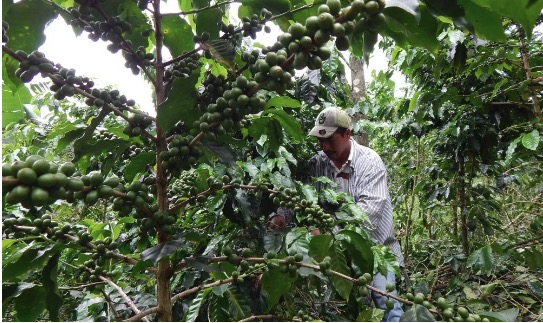
Agalta Tropical: This region spans the Olancho, El Paraiso, and parts of the Francisco Morazán provinces, mainly in the eastern provinces, which is the most dispersed area, consisting of 14 protected areas to increase its plant diversity to balance the ecosystem and has high ecological tourism value. The honey smell and aroma, it has a strong citrus flavor and a subtle and obvious acidity, and a pleasant aftertaste. The altitude is 1,100 – 1,700 meters, and the annual precipitation is 1,350 – 1,950 millimeters. It mainly grows Bourbon, Typic, Caturra, and Lempira.
El paraiso: Located in the southern part of Honduras, distributed between the El Paraíso, Choluteca, and Olancho provinces. The coffee is mainly characterized by a gentle fruity acidity, caramel fragrance, and a balanced taste. The altitude is 1,100 – 1,700 meters, and the annual precipitation is 950 – 1,950 millimeters. It mainly grows Catuai, Caturra, Pacas, and Lempira.
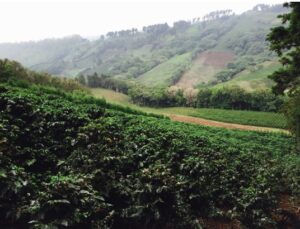
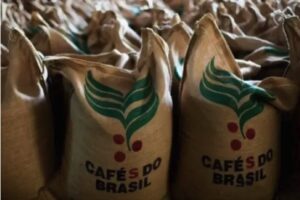
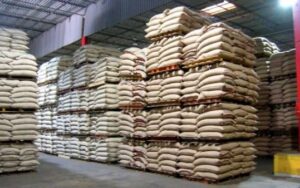
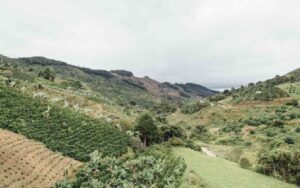
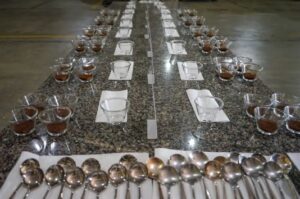
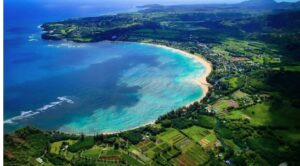
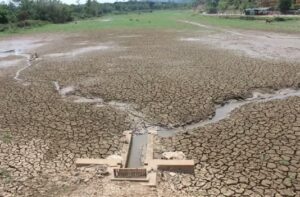
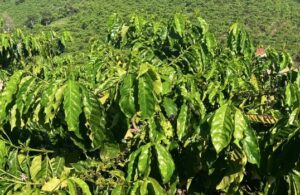
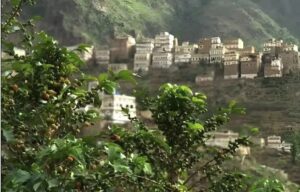

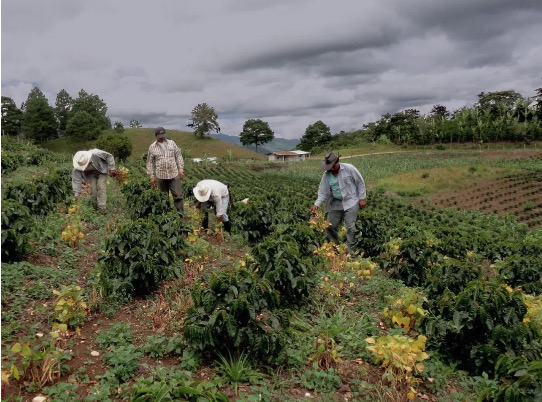
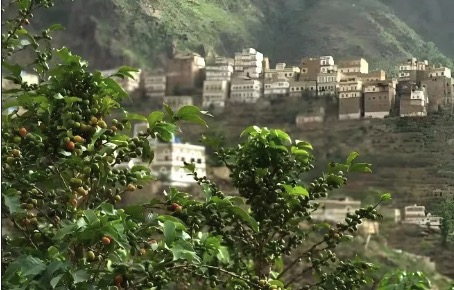
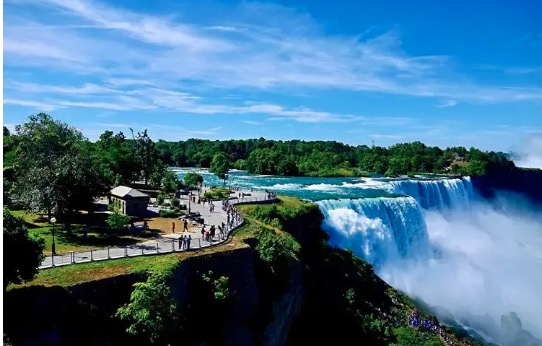
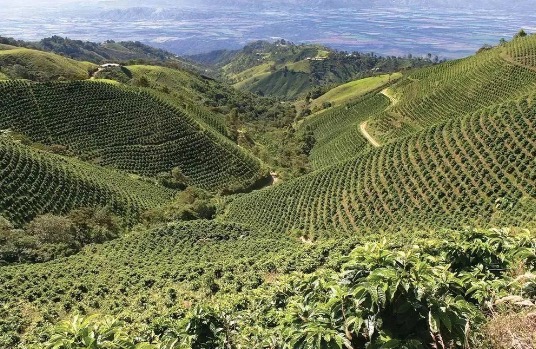
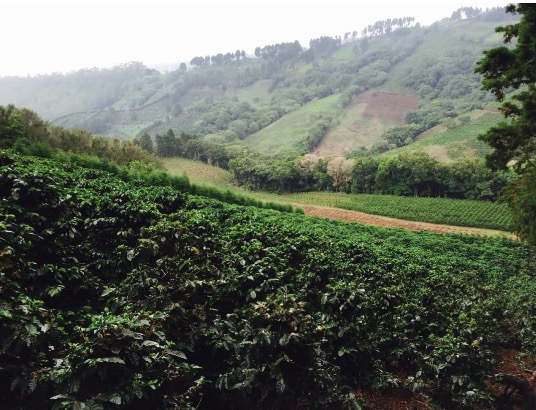
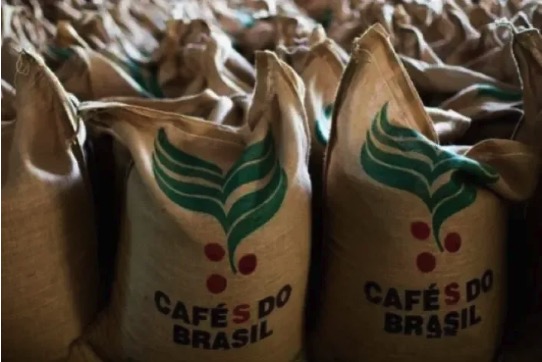
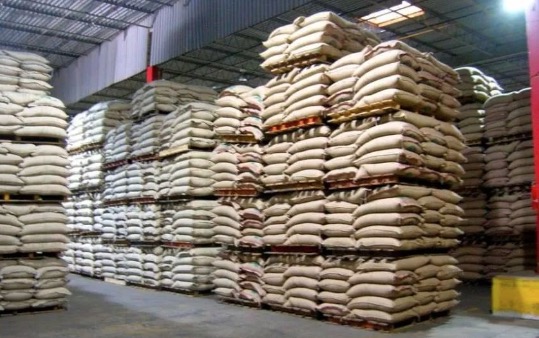
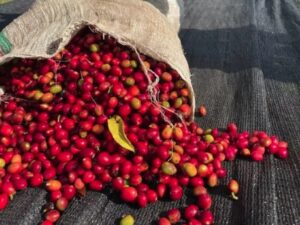
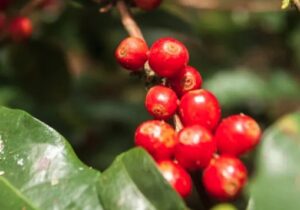
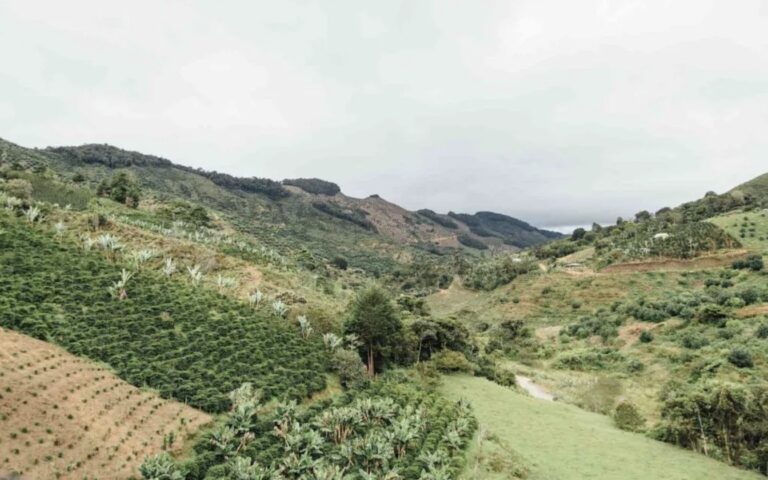
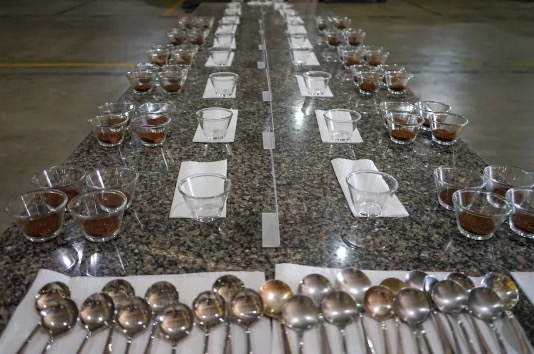
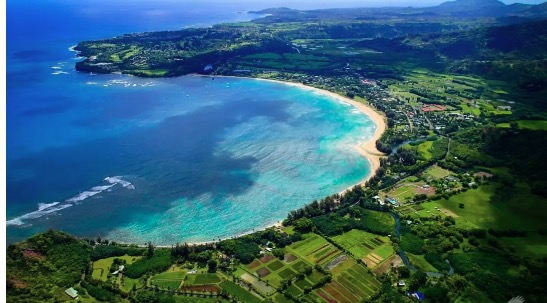
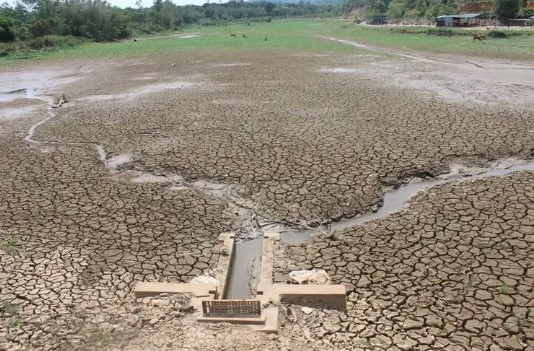
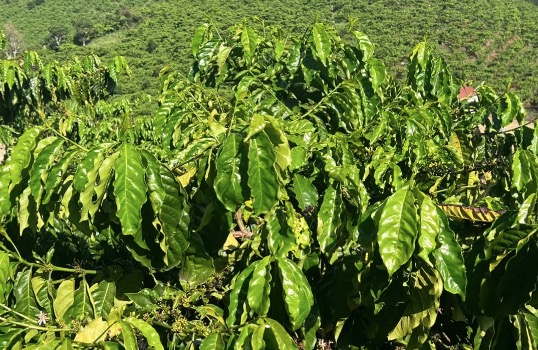
+ There are no comments
Add yours